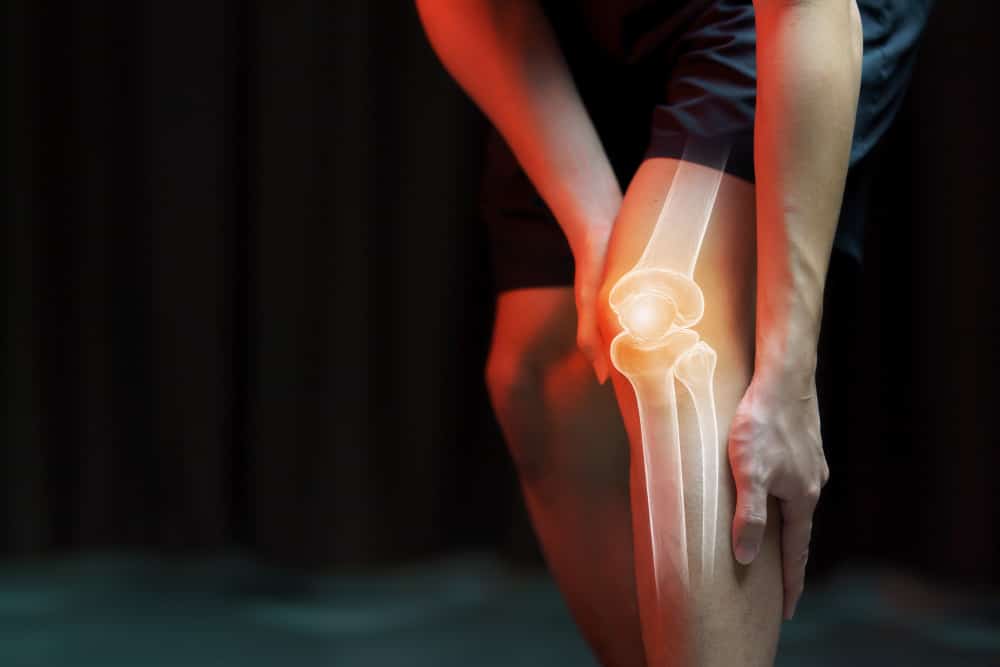1. Intense Joint Pain

Intense joint pain is the hallmark of a gout attack, often striking with little to no warning. This pain is usually concentrated in the joint at the base of the big toe but can affect any joint in the body, including knees, elbows, wrists, and fingers. The sensation can be described as sharp, piercing, or throbbing, so severe that even the weight of a bedsheet may seem intolerable. For many, this intense pain is the first indication of a gout flare-up, signaling the need for immediate attention and care.
The onset of this pain typically occurs at night, which may be due to the lower body temperature and hormonal changes that affect uric acid levels during these hours. Within just 12 to 24 hours, the pain can escalate to its peak intensity, making even the slightest movement excruciating. Despite its sudden onset, the pain doesn’t vanish quickly; it gradually subsides over the next few days to weeks, leaving the joint tender and sensitive. This cycle of intense pain and lingering discomfort underscores the importance of recognizing and addressing gout symptoms early on to manage the condition effectively and prevent future attacks.
